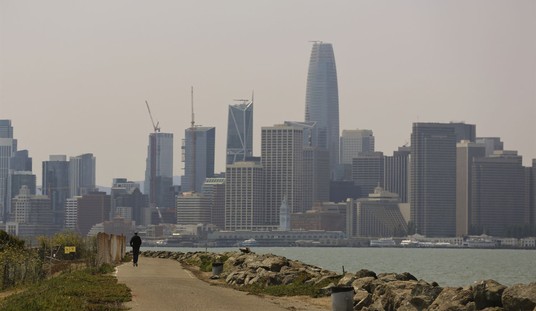The results of a survey conducted by the Henry J. Kaiser Family Foundation this month has supporters of the Affordable Care Act crowing. Among Americans who purchased health insurance through the ACA’s insurance exchanges, 60 percent of those were previously uninsured. Nearly half of those newly insured, the Kaiser survey claimed, had gone without coverage for the last five years.
The study suggested that the number of newly insured was far higher than estimates submitted by following studies by RAND Corp. and McKinsey & Co., both of which estimated that only about a third to a quarter of new ACA enrollees were previously uninsured.
Gallup reported on Monday that a 5 percent of Americans were insured in 2014, 2.8 percent of those were newly insured through the exchanges while another 2.2 percent received insurance through other means. What’s more, 29 percent of those who received insurance in 2014 were under the age of 29.
While those newly insured may be young, however, they are certainly not invincible.
“[T]he newly insured using exchanges in the April-June reporting period are less likely than those in the general population to report being in “very good” or “excellent” health,” Gallup reported. “Thirty-eight percent of those using an exchange for their new policies reported being in very good or excellent health, compared with 50% of the general population.”
Moreover, Gallup estimates that around 13 percent of the population of the United States remains uninsured. A new round of open enrollment, set to begin on November 15, already has administrators considering an increase in fines for those without minimum coverage requirements in order to boost ACA enrollment.
The increase in unhealthy insured suggests that they will require more care than the average insured American, which could force premium rates to rise. As a report in The Wall Street Journal last week indicated, however, the federal government is picking up most of the tab so far.
Those receiving health insurance subsidies in federally run exchanges under the Affordable Care Act are getting more than three-fourths of their premiums on average paid for by the government, data from the Department of Health and Human Services released Wednesday show.
“Missing from the report was an overall average on premiums when policyholders who don’t get tax credits are included,” the report continued. “Further, no data are included on pricing schemes are for state-run exchanges.”
“HHS officials say they have yet to fully compile additional data on state-run marketplaces, but indicators are that premiums are slightly higher though not statistically significant,” the WSJ report concluded.
While that hike may be statistically insignificant at the moment, rate hikes may be coming as the Leviathan ACA apparatus evolves in order to support itself.
Via The Motley Fool:
Out of the 50 states, 16 received in excess of $100 million last year to help pay for costs associated with building their health exchange, with $4.7 billion in cumulative federal funds being doled out based on figures from the Kaiser Family Foundation. This year, though, state-run exchanges are on their own as to how they plan to fund their operations, leaving regulators the unwelcome task of figuring out how to raise millions in funds.
“In perhaps an even more drastic measure to raise funds, Colorado announced a $1.25 per member fee on individual and small-group health plans whether or not the plan was purchased through the state’s exchange!” the Fool’s Sean Williams added. “On top of this, Colorado also imposed a 1.4% fee on premiums paid for through the state’s exchange in order to narrow its exchanges’ funding gap.”
Guy Benson observed last week that individual-market premiums are already skyrocketing:
Across the country, for men overall, individual-market premiums went up in 91 percent of all counties: 2,844 out of 3,137. For 27-year-old men, the average county faced 91 percent increases; for 40-year-old men, 60 percent; for 64-year-old men, 32 percent. Women fared slightly better; their premiums “only” went up in 82 percent of all counties: 2,562 out of 3,137.
Cheap insurance cannot last forever under these conditions.









Join the conversation as a VIP Member